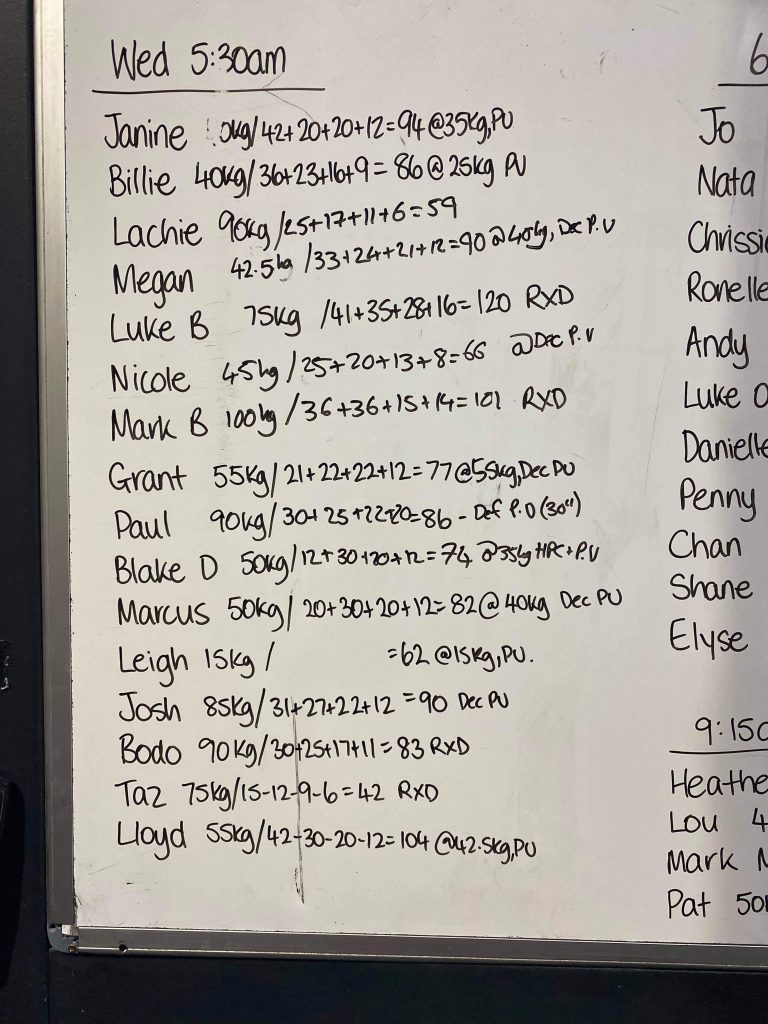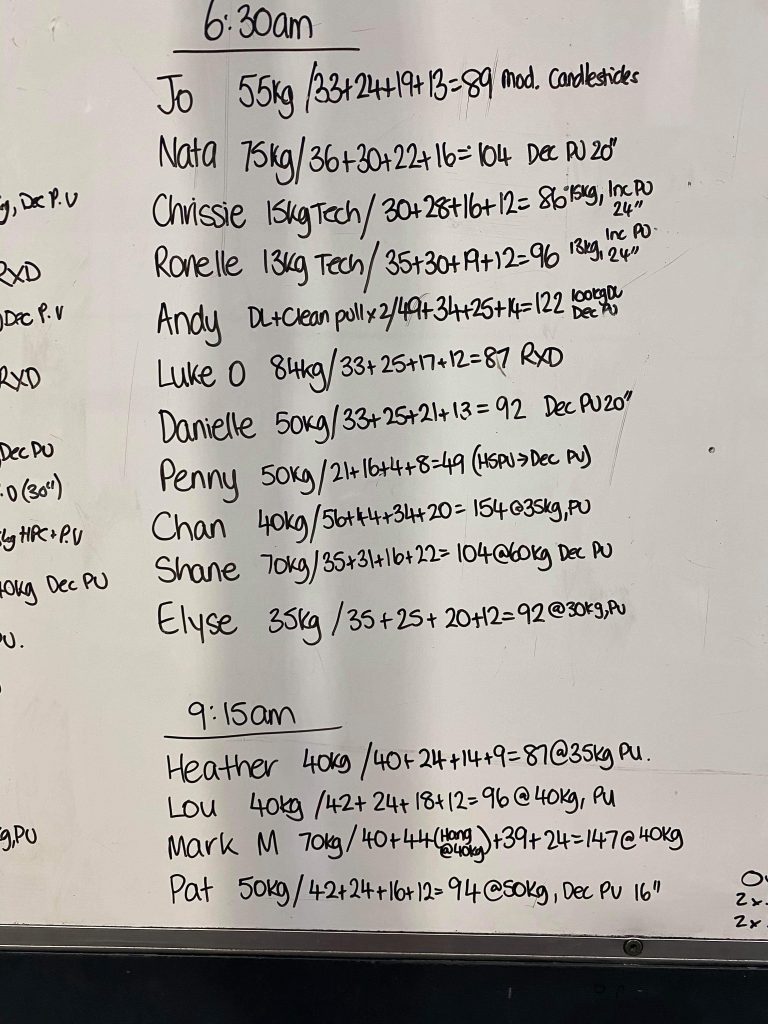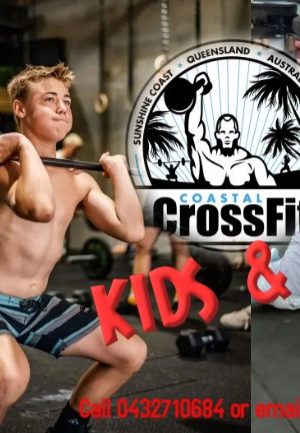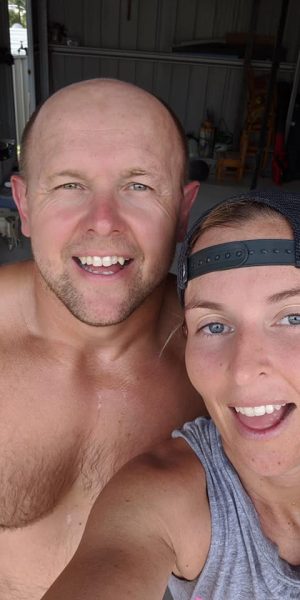Our CrossFit KIDS Program will run over the school holidays- TUESDAY & THURSDAY 3:30-4:15pm (Ages 5-13)WEDNESDAY 3:30-4:15pm (Ages 10+) – Note: Ages 10+ can also attend Tuesday & Thursday sessions. Cost: $17 per session or 2 sessions per week $30 ($15 per session) About our KIDS/TEEN Program: Our Coastal CrossFit Kids Program is designed to inspire a lifelong love of fitness while building strong, confident, and capable young athletes. We offer two tailored programs: Benefits of CrossFit for Kids: Each session is programmed to suit all abilities, ensuring every child is challenged while having fun. Whether they’re just starting their fitness journey or looking to take it to the next level, Coastal CrossFit Kids is the perfect place to grow, learn, and thrive. Contact Marie on 0432710684 or email coastal.crossfit.qld@gmail.com for more information.





